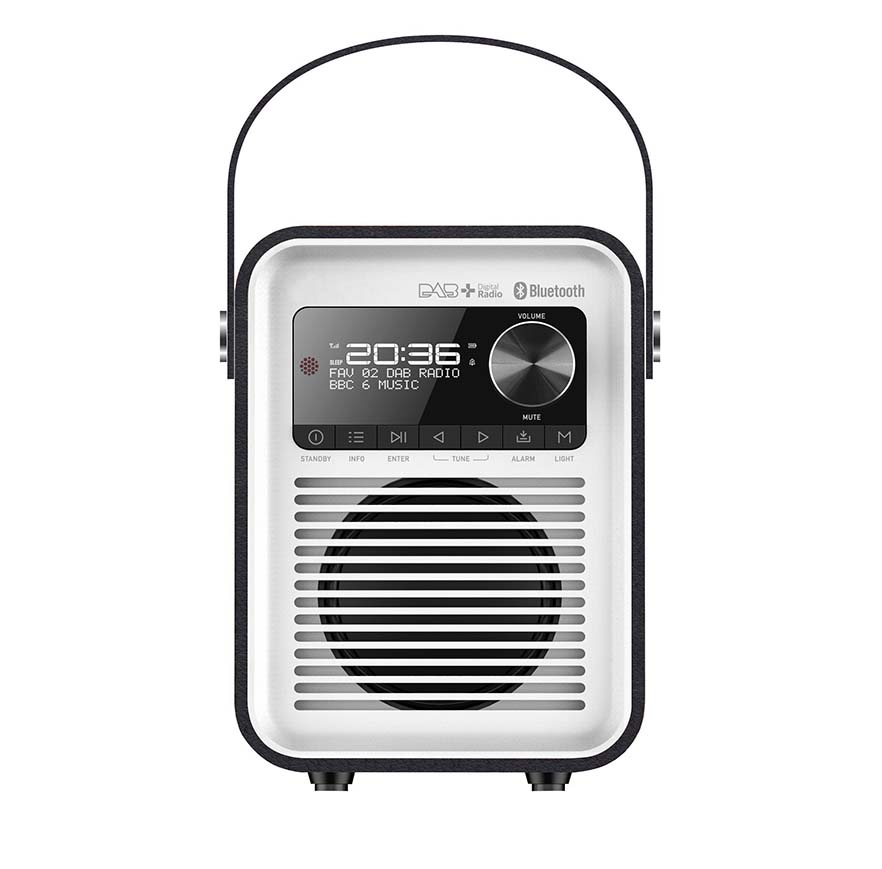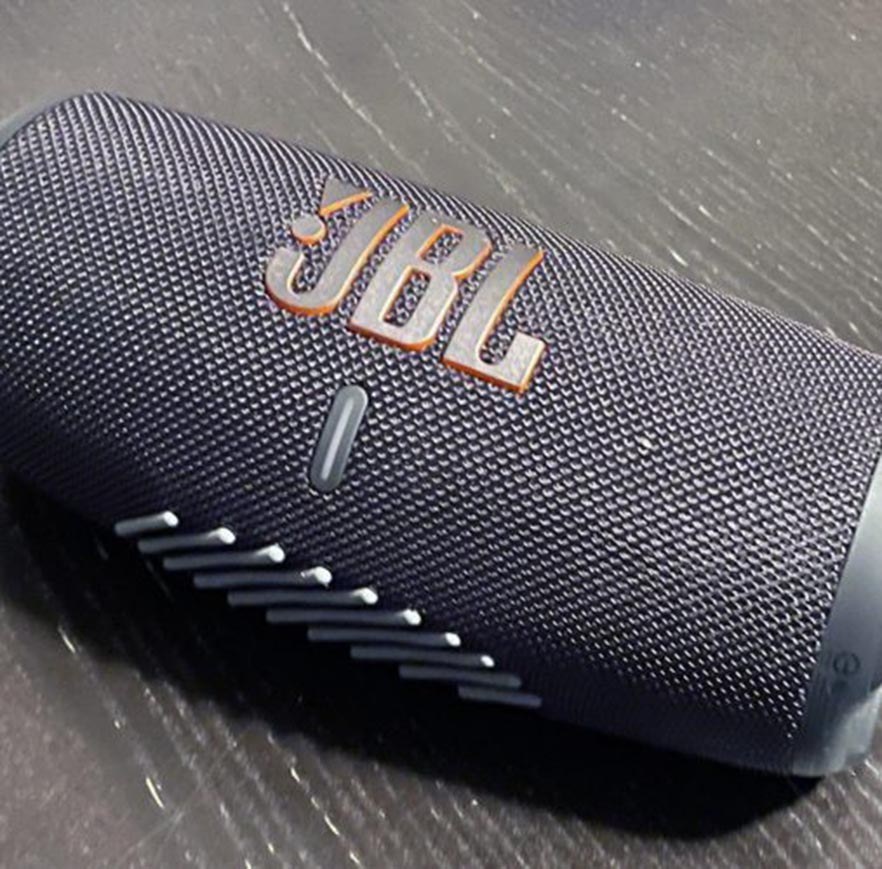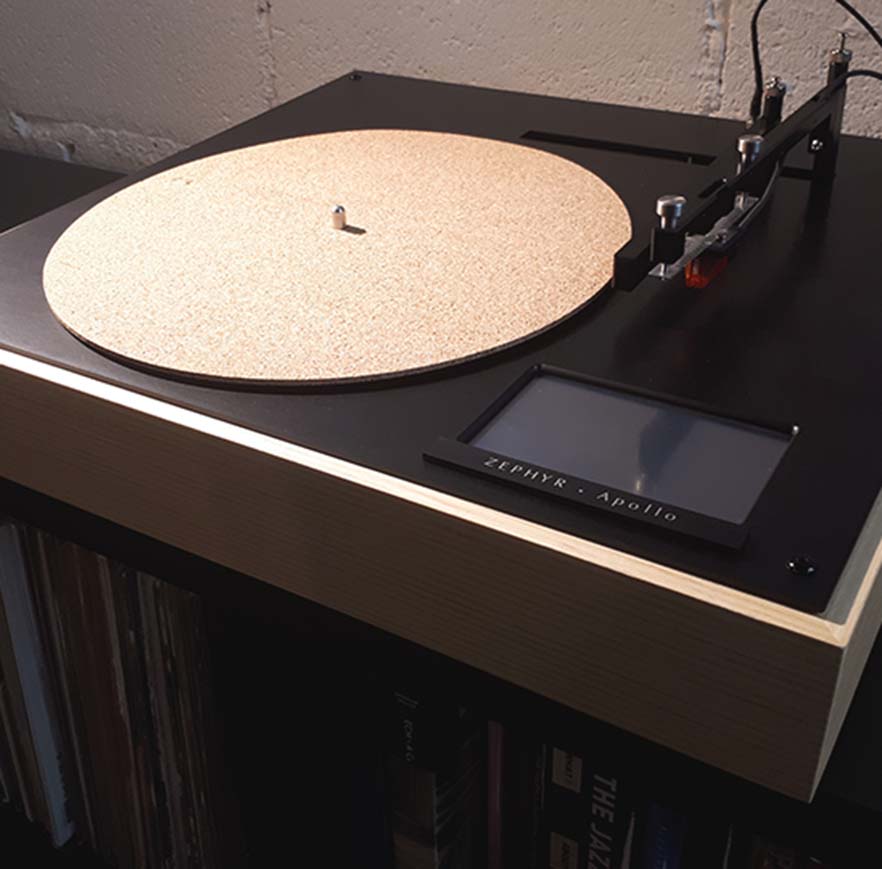In an era where audio technology has made incredible strides, choosing the right sound system can be daunting. The market offers a plethora of options, but two categories often come up: portable speakers and home audio systems. Each has its unique strengths and is designed for different purposes, making it crucial to understand their differences to make an informed decision. This article delves into the distinctions between portable speakers and home audio systems, exploring their features, advantages, and ideal use cases.
Portable Speakers: Flexibility and Convenience
Portable speakers have surged in popularity due to their versatility and ease of use. They cater to consumers who prioritize mobility and compact design without sacrificing audio quality. Here’s an in-depth look at what portable speakers offer:
**1. *Design and Portability*
Portable speakers are engineered for mobility. They are typically compact, lightweight, and come with features like built-in batteries, making them easy to carry. Their design often includes rugged and water-resistant features, allowing them to be used in various environments, from beach outings to camping trips.
For instance, the Bose SoundLink Revolve+ is renowned for its 360-degree sound and durable design, making it a great choice for outdoor activities. Its portability allows you to enjoy high-quality audio whether you’re at a picnic or a party.
**2. *Battery Life*
A significant advantage of portable speakers is their built-in battery, which enables wireless use. Battery life varies depending on the model and usage, ranging from 8 to 24 hours or more on a single charge. This makes them ideal for situations where access to power outlets is limited.
The JBL Charge 5 is notable for its impressive battery life of up to 20 hours, coupled with a power bank feature that lets you charge other devices. Such features enhance the speaker’s utility, especially during long outdoor adventures.
**3. *Connectivity Options*
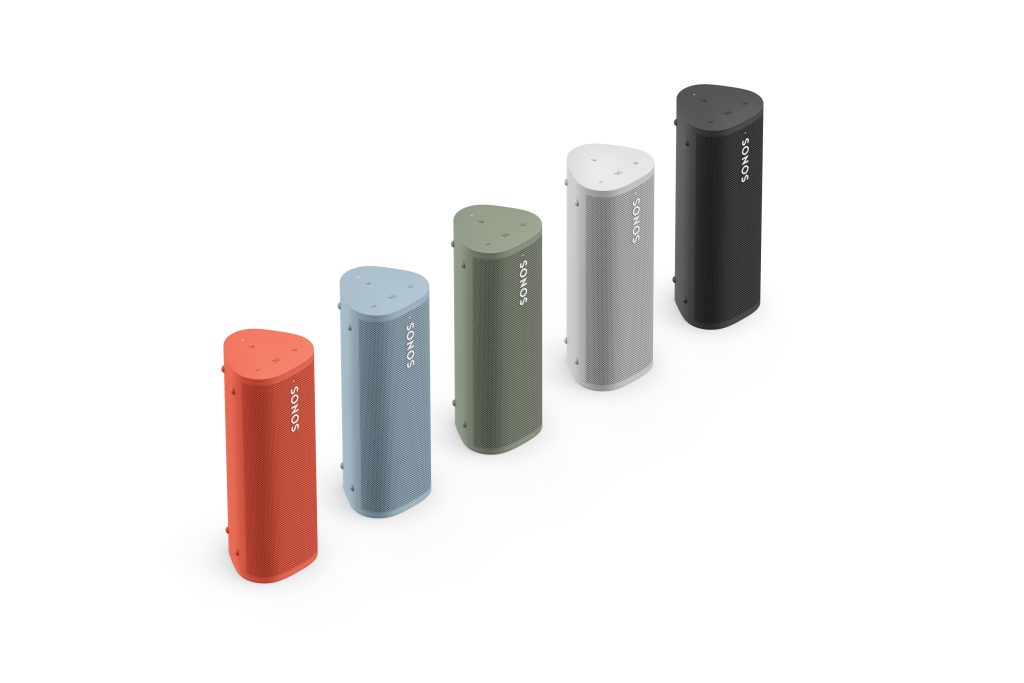
Portable speakers typically offer Bluetooth connectivity, allowing for wireless streaming from smartphones, tablets, and other devices. Many models also include auxiliary inputs and support for voice assistants like Amazon Alexa or Google Assistant.
The Sonos Roam, for example, supports both Bluetooth and Wi-Fi, providing seamless integration with smart home systems while maintaining portability.
**4. *Audio Quality*
While portable speakers are designed with convenience in mind, many models offer impressive sound quality. They often feature advanced technologies like passive radiators and digital signal processing (DSP) to enhance bass and clarity. However, they may not deliver the same depth and richness as high-end home audio systems.
The Ultimate Ears MEGABOOM 3 offers a balanced sound profile with clear highs and deep lows, making it suitable for a range of music genres despite its compact size.
Home Audio Systems: Immersive Sound Experience
Home audio systems are designed to provide a superior audio experience within a fixed location. They cater to audiophiles and home entertainment enthusiasts who value sound quality and immersive experiences. Here’s what you need to know about home audio systems:
**1. *Design and Components*
Home audio systems are typically more complex and include multiple components such as speakers, amplifiers, and receivers. They are designed for optimal audio performance and are usually set up in a dedicated space like a living room or home theater.
A classic example is the Sonos Arc, a high-end soundbar that provides immersive Dolby Atmos sound, enhancing the home theater experience with its powerful audio capabilities.
**2. *Sound Quality*
Home audio systems are engineered to deliver high-fidelity sound with greater depth, clarity, and range. They often include a combination of floor-standing or bookshelf speakers, subwoofers, and center channels to create a rich and immersive audio environment.
The Klipsch Reference Premiere series, for instance, is renowned for its exceptional sound quality, thanks to its dynamic speaker design and advanced acoustic technologies.
**3. *Connectivity and Integration*
Modern home audio systems offer a range of connectivity options, including HDMI, optical, and multi-room audio streaming. They can integrate with home automation systems and provide seamless control via remote controls, apps, or voice assistants.
Systems like the Denon AVR-X6700H receiver offer extensive connectivity options and support for multiple audio formats, ensuring compatibility with various home entertainment setups.
**4. *Setup and Installation*
Unlike portable speakers, home audio systems often require professional setup or a more involved DIY installation process. Proper placement of speakers and calibration is essential to achieve optimal sound performance.
For instance, the Bowers & Wilkins 600 Series requires careful speaker placement and calibration to fully appreciate its superior sound quality and immersive audio experience.
Choosing Between Portable Speakers and Home Audio Systems
Selecting between portable speakers and home audio systems depends on several factors, including your lifestyle, audio preferences, and intended use. Here’s a guide to help you make the best choice:
**1. *Lifestyle and Mobility*
If you’re constantly on the move or need a speaker for various outdoor activities, a portable speaker is likely the better choice. Its compact size, battery power, and rugged design make it suitable for a wide range of environments.
Conversely, if you’re setting up a home entertainment system and prioritize superior sound quality for movies, music, and gaming, investing in a home audio system is worth considering. The enhanced audio experience and extensive connectivity options provide a more immersive and enjoyable listening environment.
**2. *Audio Quality Expectations*
For high-quality sound with deep bass and rich audio, a home audio system is generally the better option. However, if you’re looking for a versatile speaker that balances sound quality with portability, many modern portable speakers offer impressive audio performance.
**3. *Budget and Investment*
Portable speakers are generally more affordable and offer good value for money given their versatility and features. Home audio systems, on the other hand, can be a more significant investment but provide a premium audio experience and advanced features.
**4. *Space and Setup*
Consider the space where you’ll be using the audio system. Portable speakers require minimal space and are easy to set up, whereas home audio systems might require dedicated space and professional installation to achieve the best performance.
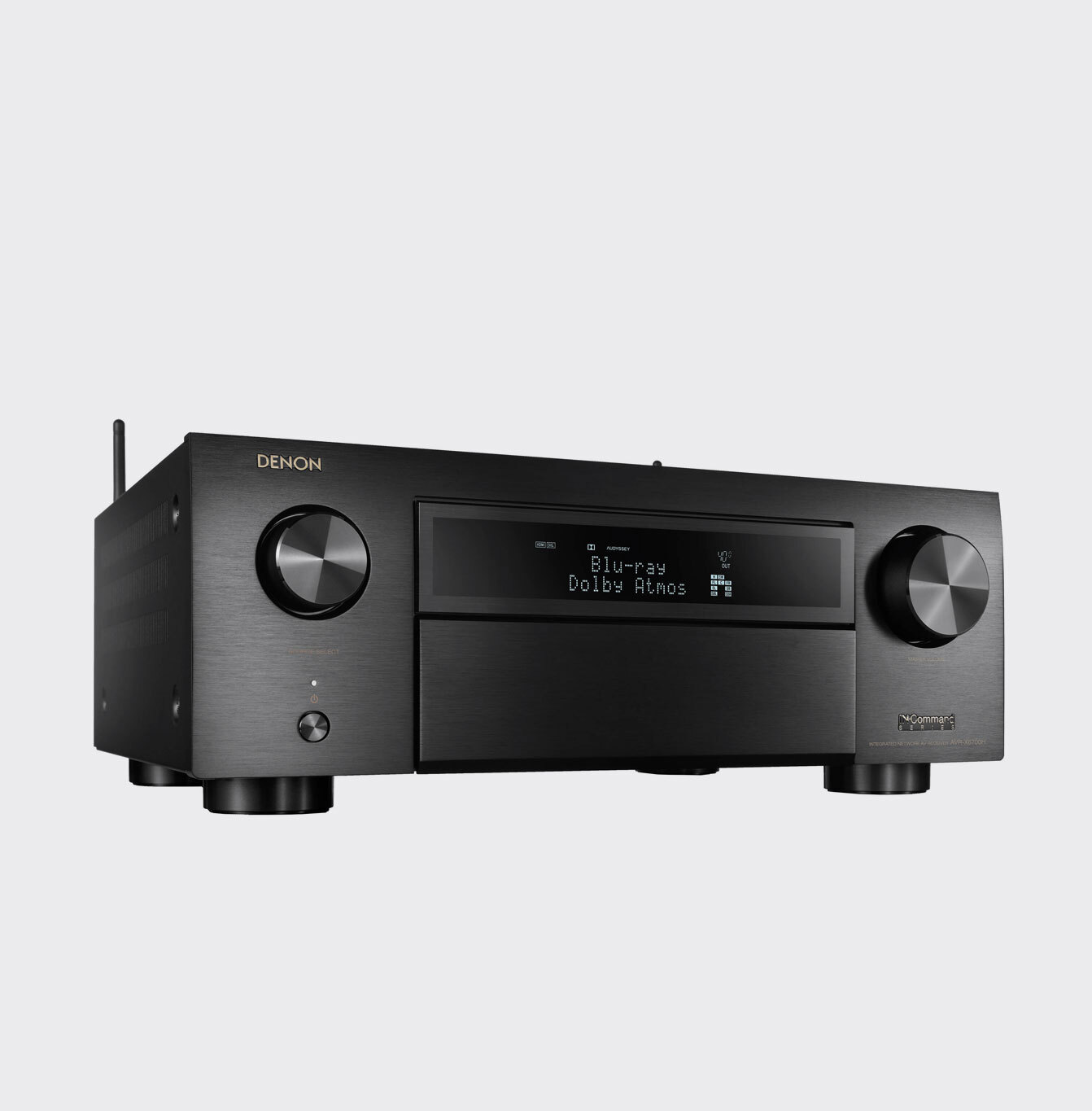
Understanding the differences between portable speakers and home audio systems is crucial for making an informed decision that aligns with your needs and preferences. Portable speakers offer flexibility, convenience, and decent sound quality, making them perfect for on-the-go use. Home audio systems, with their superior sound quality and extensive features, are ideal for creating an immersive home entertainment experience. By evaluating your lifestyle, audio expectations, and budget, you can choose the audio solution that best enhances your listening experience.

